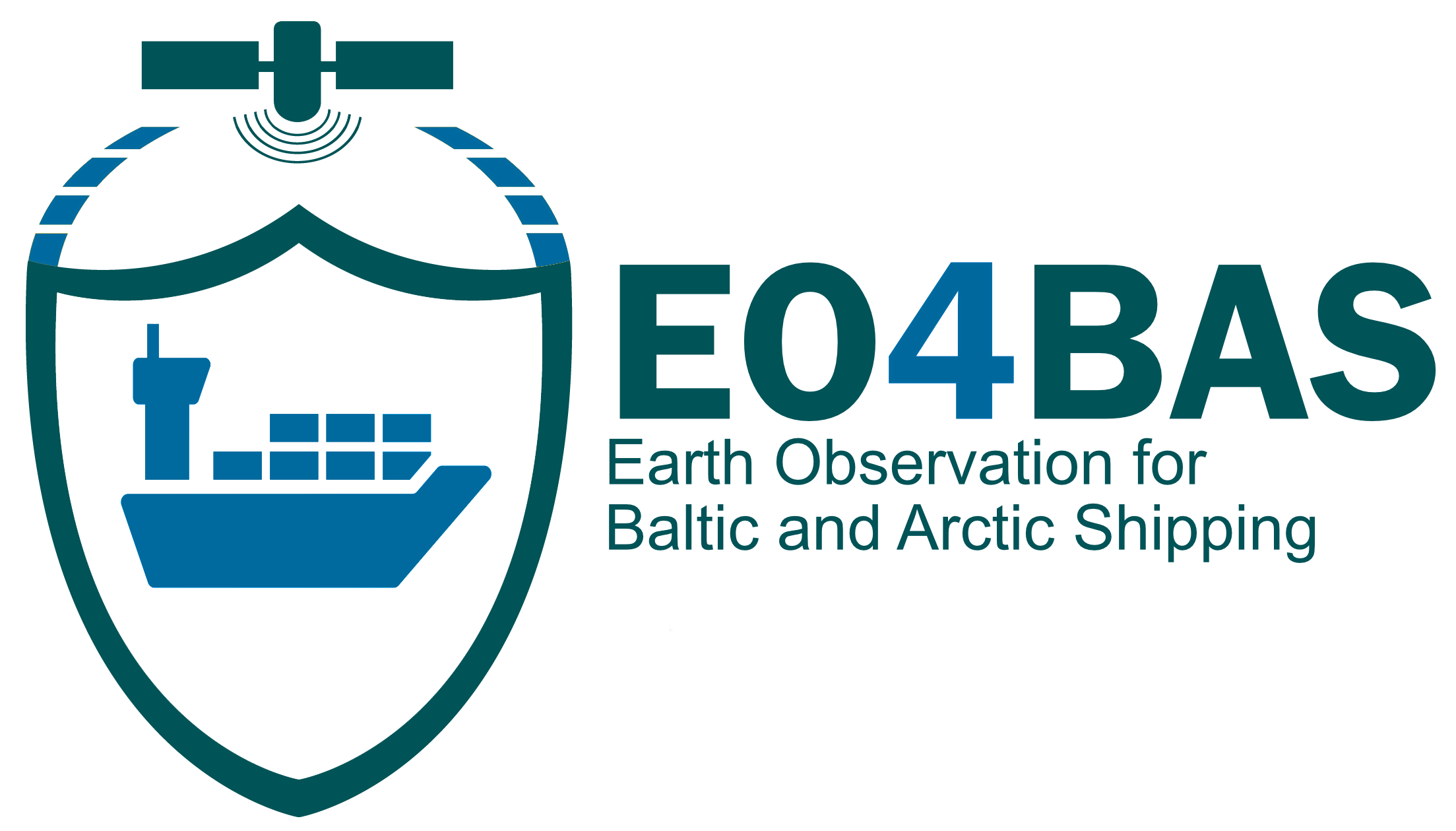EO Products / Identify ice ridges and deformed ice
Icebergs in sea ice shown in GeoEye-1 image, acquired on 22 September 2014 (top) and in RS-2 RGB image of Pauli decomposition (|𝐻𝐻+𝑉𝑉|𝐻𝐻+𝑉𝑉 blue, |𝐻𝐻−𝑉𝑉|𝐻𝐻−𝑉𝑉 red and |𝐻𝑉|𝐻𝑉 green) of FQ mode (26 September 2013) (middle) and FQW (7 March 2014) (bottom).
GeoEye-1 satellite image courtesy of GeoEye-1 © DigitalGlobe (presently it is MAXAR Technologies). RADARSAT-2 Data and Products © MDA Ltd. (2013)—All Rights Reserved.
Source: https://www.eolss.net/sample-chapters/c05/E6-178-65.pdf
Product Description
Ridges form when sea ice is deforming and fracturing due to forces from winds and currents. Ridges are elongated accumulations of broken ice resulting from deformation of sea ice. Rafting is another form of deformed ice occurring when one ice sheet overrides another ice sheet. Ridging and corresponding ice keels represent the thickest part of the sea ice cover. Detection and monitoring of ridges is therefore an important part of met-ice-ocean services to support operations in ice-covered seas. On large scale ridges can be observed by laser and radar altimeter data through a surface roughness parameter that is defined by standard deviation of the surface elevation measurements along the satellite orbit (as ICESAT laser altimeter). On regional and local scale, SAR images have been used for ridge detection and sea ice processes in the Baltic Sea, the Barents Sea and Svalbard area, in the Russian Arctic and in Canadian waters. SAR image cannot provide any quantitative estimate of the height of ridges. Use of SAR images with alternating polarization and high spatial resolution (better than 10 m) is expected to improve the classification of rough ice and detection of ridges.
Product Specifications
BUSINESS PROCESS | SD, SC, IN |
DESCRIPTION | Ice ridges refer to elongated and elevated formations of ice that develop in ice-covered seas. These ridges are typically created through the interaction of drifting sea ice and external forces such as wind, currents, and collisions between ice floes. |
EO INFORMATION OF INTEREST | Wind and current velocity components (u, v) deforming and fracturing ice drift fields, SIT |
MAIN PROCESS STEPS | Sea ice deformation derived from models |
INPUT DATA SOURCE | SAR and in situ measurements used for assimilation/validation |
SPATIAL RESOLUTION AND COVERAGE | Coverage of the model domain (an enclosed sea, a bay), spatial resolution based on the model grid |
ACCURACY / CONSTRAINS | Not specified |
LIMITATIONS | Limited availability of ground truth. The interpretation of data can indeed be challenging, especially when handled by personnel without extensive experience in the field. |
TEMPORAL RESOLUTION | Same as SIUV |
FREQUENCY UPDATE | Very high (model time-steps) from hourly to days |
DELIVERY / OUTPUT FORMAT | NetCDF-3, NetCDF-4, Raster (geo-located) and shape formats |
ACCESSIBILITY | Copernicus marine service and Artic hub |
Business Process Challenges
Ship Design (SD) Challenges
Ship Construction (SC) Challenges
- SC-5 Planning of Sea Ice Trials
- SC-6 Finding Suitable Ice During Sea Trials
- SC-7 Ship Operation in Ice During Sea Trials


This page has no comments.